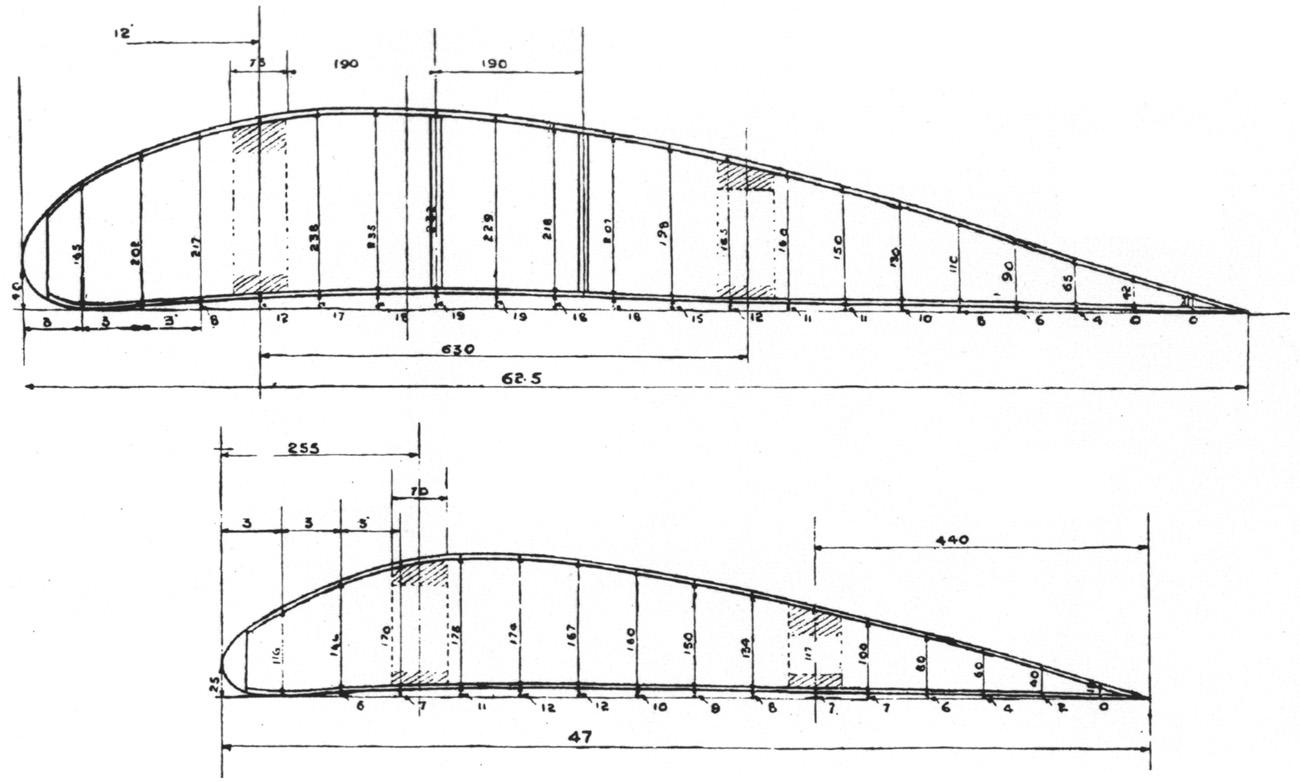
These three fuselage-alone models are called “Fuselage models” in the present study. The “Circle” means the fuselage-alone model with the circular fuselage cross section, the “Square” means the fuselage-alone model with square one and the “Triangle” means fuselage-alone model with triangular one. The max speed is 21 m/s.įigure 1 and Figure 2 show the geometry and photograph of the models. The low speed wind tunnel of Kyushu University has a closed circuit and an open test section which diameter of nozzle exit is 2,000 mm. The size of test section is 600 mm width, 600 mm height. Each operating Mach numbers is from 0.3 to 1.3 and from 1.3 to 4.0, respectively. Both the transonic and supersonic tunnels are blow-down type facility. The experiments were carried out in the transonic wind tunnel, supersonic wind tunnels of ISAS, JAXA and in the low speed wind tunnel of Kyushu University. In this paper, we report experimental results by using three fuselage cross sections, such as a circle, a triangle and a square, having that same projected area and length, with and without a set of fins at M ∞ = 0.3, 0.9 and 4.0. Therefore, the purpose of this study is to identify aerodynamic effects due to different fuselage configurations to enhance aerodynamic performance for RLV. While many useful studies have been carried out, very few studies have empirically investigated the aerodynamic effects on the fuselage cross sections for RLVs from low speed to supersonic region, including the changes of angle of attack. Therefore, investigating a favorable fuselage configuration of the RLVs is important to enhance the aerodynamic performances.Įxamples of past studies - related to aerodynamic characteristics due to the fuselage configuration include missiles which studied effect on the location of vortex breakdown on the delta wing. Such RLVs have larger aerodynamic effects on a fuselage configuration due to a larger fuselage cross section compared with that of aircrafts. High lift performance at low speed regime makes possible a shorter landing distance, and high lift-to-drag ratio performance allows easy approach during landing process, larger down and cross range in high speed region.

To achieve high aerodynamic performance in the whole flight speed region is one of the most important issues in the development of RLV. Low cost, improvement of reliability and safety are required for the development of RLV (Reusable Launch Vehicle). Space transportation system is one of the most important infrastructures for space activities.


 0 kommentar(er)
0 kommentar(er)
